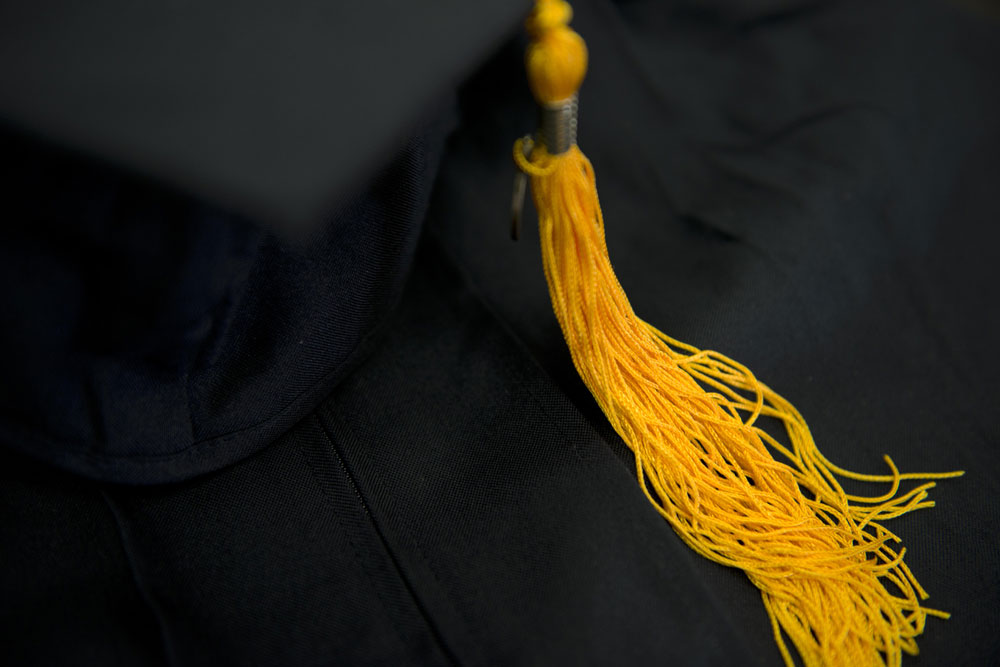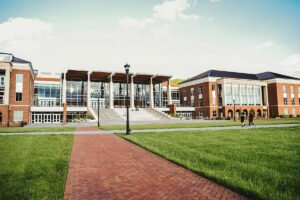
June 3, 2020; Newsday, Harvard Crimson, and the New York Times
Colleges across the US are trying to come up with solid plans for a coming semester that’s still packed with unknowns. The Chronicle of Higher Education is keeping a list of colleges as they issue their deadlines for making decisions or make them. Among the 910 colleges they’ve tracked, 67 percent report they’re optimistically planning for in-person classes.
Harvard University held a town hall last week, fitting two thousand affiliates into a virtual Zoom room to discuss priorities and foci in planning for fall. Dean of Students Katherine G. O’Dair acknowledged at the outset that the structured planning procedure that was wrapped around the pandemic had been overshadowed by the heartbreak of the murders of George Floyd, Breonna Taylor, and Tony McDade, and the subsequent nationwide protests against policy brutality and racism.
“I want to note that we’re doing this work of preparing to return to campus while our society is literally burning,” O’Dair said.
Harvard hopes they’ll be able to inform students about coming back to campus in July. Many people are trying to make this happen. The Faculty of Arts and Sciences alone has 11 working groups, each assigned to separate areas like “five-year horizon,” “financial planning,” “restarting scholarship,” “houses and facilities,” “enrollment,” “scheduling,” “testing and tracing,” and “remote experience.” Their decision-making is being informed by four values: “ensuring health and safety, protecting the College’s academic enterprise, leveraging the ‘breadth and diversity’ of the Harvard community, and preserving access and affordability.”
New York’s Long Island contains over a dozen institutions of higher learning in its two counties, including private universities, the US Merchant Marine Academy, two community colleges, and three four-year state public colleges. The institutions are collaborating, looking to state guidelines and a possible pandemic second wave, as they make plans. Some of those plans include implementing rapid-result testing through kiosks that use facial recognition technology and take students’ temperatures. Dormitories may be open, but lodging only one student in each room, which will lower the number of students who get housing. Many of the public and private colleges will offer students a choice of attending only online, only in-person, or a hybrid of the two.
“As much as people want to get together and start their lives again, we all know that here in Suffolk County this has been a very deadly disease, so we have to approach reopening the campuses with caution,” said Donald R. Boomgaarden, president of St. Joseph’s Collegee, which has campuses in Brooklyn and Patchogue.
Co-chair of the Restart Plan for Higher Education task force, Adelphi University’s president, Christine Riordan, indicated that monitoring students, staff, and faculty will be ongoing. “We plan to have active testing and contact tracing as part of routine campus operations in order to minimize transmission,” she says. The use of masks and social distancing will be brought to campus, and protocols will be in place for isolation of students testing positive.
SUNY Old Westbury and SUNY Stony Brook University have field hospitals built by the US Army Corps of Engineers that will remain in place for the time being, in case the hospitals become overwhelmed in a second wave. SUNY Stony Brook is planning to issue an update to students by June 30, 2020.
Sign up for our free newsletters
Subscribe to NPQ's newsletters to have our top stories delivered directly to your inbox.
By signing up, you agree to our privacy policy and terms of use, and to receive messages from NPQ and our partners.
“It points us in a direction that no matter what the governor may announce, we will be ready,” SUNY Old Westbury’s president, the Rev. Calvin Butts, says. “If he announced face-to-face instruction, we will be ready. If he says no congregating, we will be ready and will follow his guidance.”
New York has had 383,591 confirmed COVID-19 cases to date, but the state’s numbers have fallen enough, with daily death tolls now regularly well below 100 statewide, to consider offering in-person classes. California has had 131,029 cases, but there were over 2,000 new cases over the weekend. In response, the California State University (CSU) system decided to cancel in-person classes on its 23 campuses for the fall semester. With so many others still weighing options, CSU is the first large public university system to make a definitive conclusion for the coming semester.
Enrollments were already in a downward slide for many schools. The pandemic is devastating budgets, and some fear students will just take the fall semester off. In particular, first-year students may decide that having dealt with an abrupt switch to online learning in their final months of high school, they would rather wait for a more personal experience.
Even given those financial challenges, CSU chancellor Timothy White says the risks are too great for the network’s more than 480,000 undergrads to return to campuses.
“Our university, when open without restrictions and fully in person, as is the traditional norm of the past, is a place where over 500,000 people come together in close and vibrant proximity with each other on a daily basis,” White says. “That approach, sadly, just isn’t in the cards now.”
Terry Hartle, the senior vice president of the American Council on Education, a trade association of college presidents, says, “Cal State is an extraordinarily large and important university system and an awful lot of other institutions will watch this development carefully.”
The University of California, California’s other four-year public university system, reportedly has three models on the table—in-person, online, and hybrid—for their 10 campuses with almost 300,000 students enrolled, but decided last week to go for the online model. All California community colleges will have almost all classes online.
White says public health experts and academic researchers predict a “second, smaller wave” of COVID-19 this summer, “followed by a very significant wave” in the fall. That means that they see this state as their “new and expensive reality.” Better, he says, to plan for the worst and hope for the best in September.—Marian Conway











